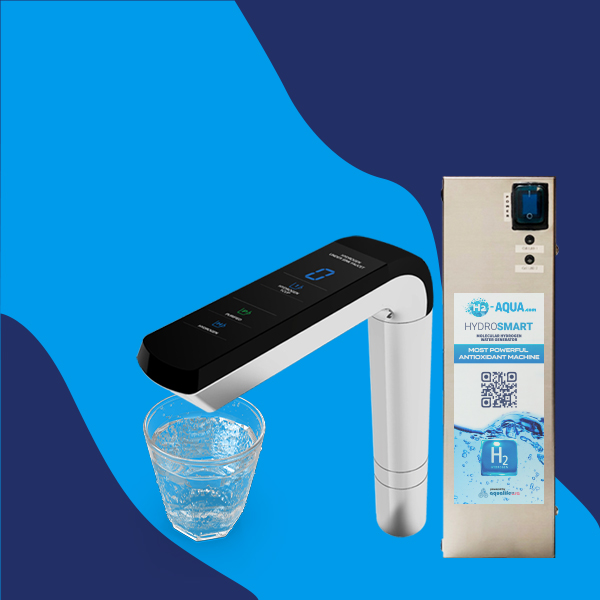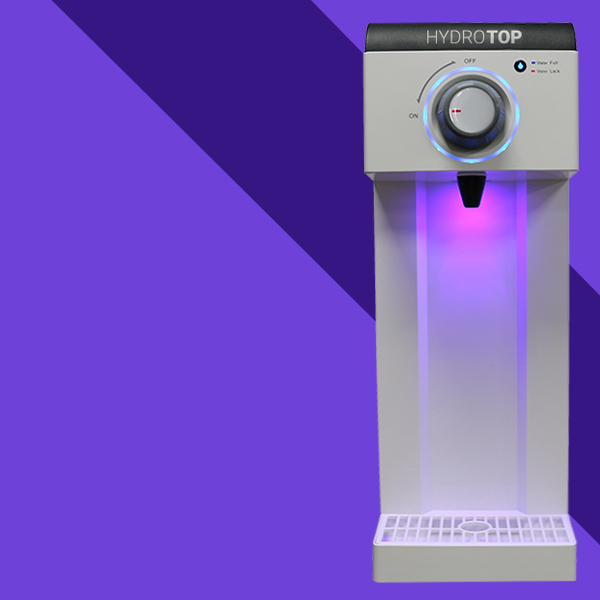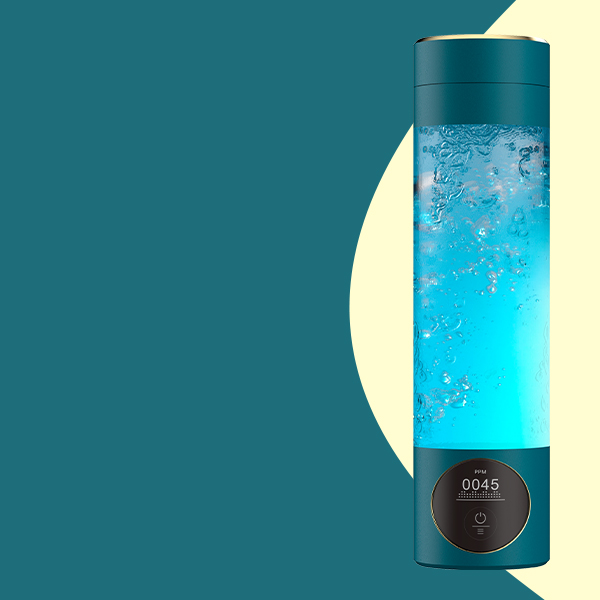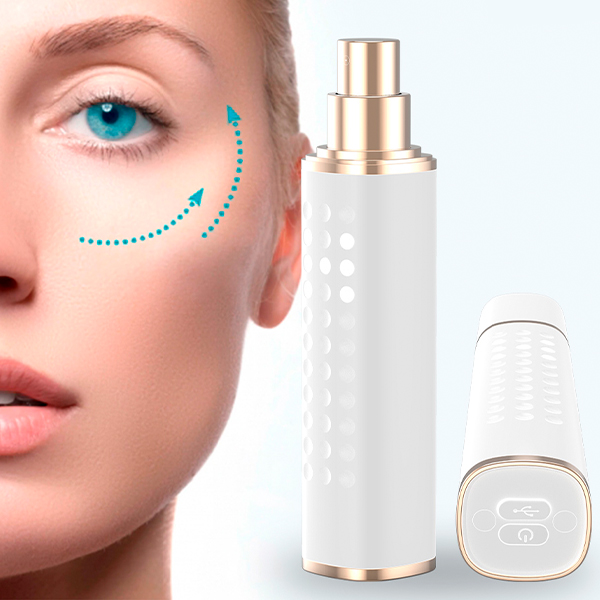- info@h2-aqua.com
Ischemia/Reperfusion Injuries
- Home
- Facts and Studies
- Ischemia/Reperfusion Injuries
Categories
Hydrogen Water Generators
Contact Us
Email Address
info@h2-aqua.com
Ischemia/Reperfusion Injuries
Liu, H., et al., Hydrogen-rich saline reduces cell death through inhibition of DNA oxidative stress and overactivation of poly (ADP-ribose) polymerase-1 in retinal ischemia-reperfusion Hinjury. Mol Med Rep, 2015. 12(2): p. 2495-502.
Huang, T., et al., Hydrogen-rich saline attenuates ischemia-reperfusion injury in skeletal muscle. J Surg Res, 2015. 194(2): p. 471-80.
Zhou, L., et al., Beneficial effects of hydrogen-rich saline against spinal cord ischemia-reperfusion injury in rabbits. Brain Research, 2013. 1517: p. 150-60.
Zhou, H., et al., Hydrogen inhalation decreases lung graft injury in brain-dead donor rats. Journal of Heart and Lung Transplantation, 2013. 32(2): p. 251-8.
Zhao, L., et al., Protective effect of hydrogen-rich saline on ischemia/reperfusion injury in rat skin flap. J Zhejiang Univ Sci B, 2013. 14(5): p. 382-91.
Yonamine, R., et al., Coadministration of hydrogen gas as part of the carrier gas mixture suppresses neuronal apoptosis and subsequent behavioral deficits caused by neonatal exposure to sevoflurane in mice. Anesthesiology, 2013. 118(1): p. 105-13.
Tan, M., et al., Hydrogen as additive of HTK solution fortifies myocardial preservation in grafts with prolonged cold ischemia. International Journal of Cardiology, 2013. 167(2): p. 383-90.
Noda, K., et al., A novel method of preserving cardiac grafts using a hydrogen-rich water bath. Journal of Heart and Lung Transplantation, 2013. 32(2): p. 241-50.
Zhang, J., et al., Effect of hydrogen gas on the survival rate of mice following global cerebral ischemia (Shock 37(6), 645-652, 2012). Shock, 2012. 38(4): p. 444; author reply 444-5.
Nagatani, K., et al., Effect of Hydrogen Gas on the Survival Rate of Mice Following Global Cerebral Ischemia. Shock, 2012. 37(6): p. 645-652.
Li, J., et al., Protective effects of hydrogen-rich saline in a rat model of permanent focal cerebral ischemia via reducing oxidative stress and inflammatory cytokines. Brain Research, 2012. 1486: p. 103-11.
Li, H., et al., Hydrogen-rich saline attenuates lung ischemia-reperfusion injury in rabbits. Journal of Surgical Research, 2012. 174(1): p. e11-6.
Lee, J.W., et al., Inhaled hydrogen gas therapy for prevention of testicular ischemia/reperfusion injury in rats. Journal of Pediatric Surgery, 2012. 47(4): p. 736-742.
Jiang, D., et al., Protective effects of hydrogen rich saline solution on experimental testicular ischemia-reperfusion injury in rats. J Urol, 2012. 187(6): p. 2249-53.
Ge, P., et al., Inhalation of hydrogen gas attenuates cognitive impairment in transient cerebral ischemia via inhibition of oxidative stress. Neurological Research, 2012. 34(2): p. 187-94.
Zhu, W.J., et al., Intake of water with high levels of dissolved hydrogen (H2) suppresses ischemia-induced cardio-renal injury in Dahl salt-sensitive rats. Nephrology, Dialysis, Transplantation, 2011. 26(7): p. 2112-8.
Zhang, Y., et al., Anti-inflammatory effect of hydrogen-rich saline in a rat model of regional myocardial ischemia and reperfusion. International Journal of Cardiology, 2011. 148(1): p. 91-5.
Wang, F., et al., Hydrogen-Rich Saline Protects Against Renal Ischemia/Reperfusion Injury in Rats. Journal of Surgical Research, 2011. 167(2): p. e339-44.
Liu, Y., et al., Hydrogen saline offers neuroprotection by reducing oxidative stress in a focal cerebral ischemia-reperfusion rat model. Medical Gas Research, 2011. 1(1): p. 15.
Ji, Q., et al., The effect of hydrogen-rich saline on the brain of rats with transient ischemia. Journal of Surgical Research, 2011. 168(1): p. e95-e101.
Huang, Y., et al., Beneficial effects of hydrogen gas against spinal cord ischemia-reperfusion injury in rabbits. Brain Research, 2011. 1378: p. 125-136.
Chen, H., et al., The effects of hydrogen-rich saline on the contractile and structural changes of intestine induced by ischemia-reperfusion in rats. Journal of Surgical Research, 2011. 167(2): p. 316-22.
Shingu, C., et al., Hydrogen-rich saline solution attenuates renal ischemia-reperfusion injury. Journal of Anesthesia, 2010. 24(4): p. 569-574.
Nakao, A., et al., Amelioration of rat cardiac cold ischemia/reperfusion injury with inhaled hydrogen or carbon monoxide, or both. The Journal of heart and lung transplantation: the official publication of the International Society for Heart Transplantation, 2010. 29(5): p. 544-53.
Kawamura, T., et al., Inhaled Hydrogen Gas Therapy for Prevention of Lung Transplant-Induced Ischemia/Reperfusion Injury in Rats. Transplantation, 2010. 90(12): p. 1344-1351.
Zheng, X., et al., Hydrogen-rich saline protects against intestinal ischemia/reperfusion injury in rats. Free Radic Res, 2009. 43(5): p. 478-84.
Sun, Q., et al., Hydrogen-Rich Saline Protects Myocardium against Ischemia/Reperfusion Injury in Rats. Experimental Biology and Medicine, 2009. 234(10): p. 1212-1219.
Matchett, G.A., et al., Hydrogen gas is ineffective in moderate and severe neonatal hypoxia-ischemia rat models. Brain Research, 2009. 1259: p. 90-7.
Mao, Y.F., et al., Hydrogen-rich saline reduces lung injury induced by intestinal ischemia/reperfusion in rats. Biochem Biophys Res Commun, 2009. 381(4): p. 602-5.
Kuroki, C., et al., Neuroprotective Effects of Hydrogen Gas on Brain in Ischemia-Reperfusion Model: A P-31-Nmr Study. Journal of Physiological Sciences, 2009. 59: p. 371-371.
Cai, J.M., et al., Neuroprotective effects of hydrogen saline in neonatal hypoxia-ischemia rat model. Brain Res, 2009. 1256: p. 129-137.
Hayashida, K., et al., Inhalation of hydrogen gas reduces infarct size in the rat model of myocardial ischemia-reperfusion injury. Journal of Cardiac Failure, 2008. 14(7): p. S168-S168.
Hayashida, K., et al., Inhalation of hydrogen gas protects the heart from ischemic reperfusion injury. Journal of the American College of Cardiology, 2008. 51(10): p. A375-A375.
Cai, J., et al., Hydrogen therapy reduces apoptosis in neonatal hypoxia-ischemia rat model. Neurosci Lett, 2008. 441(2): p. 167-172.
Fukuda, K., et al., Inhalation of hydrogen gas suppresses hepatic injury caused by ischemia/reperfusion through reducing oxidative stress. Biochem Biophys Res Commun, 2007. 361(3): p. 670-674.
A Call Back





